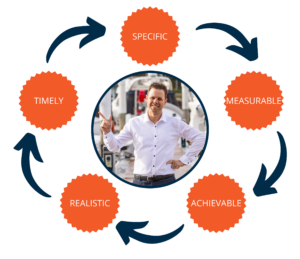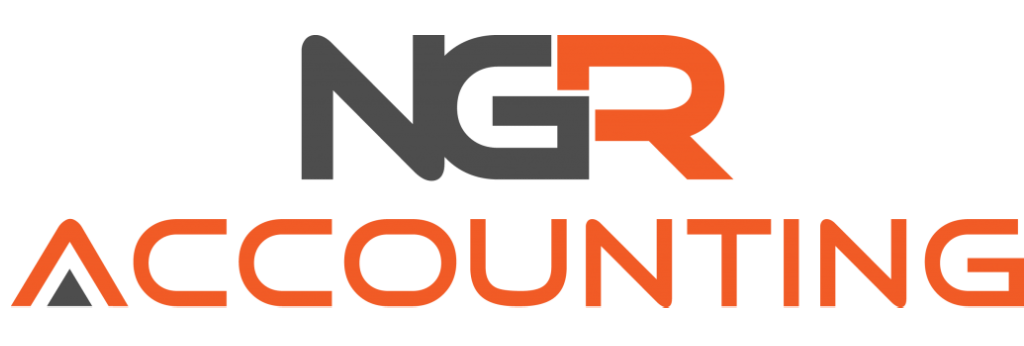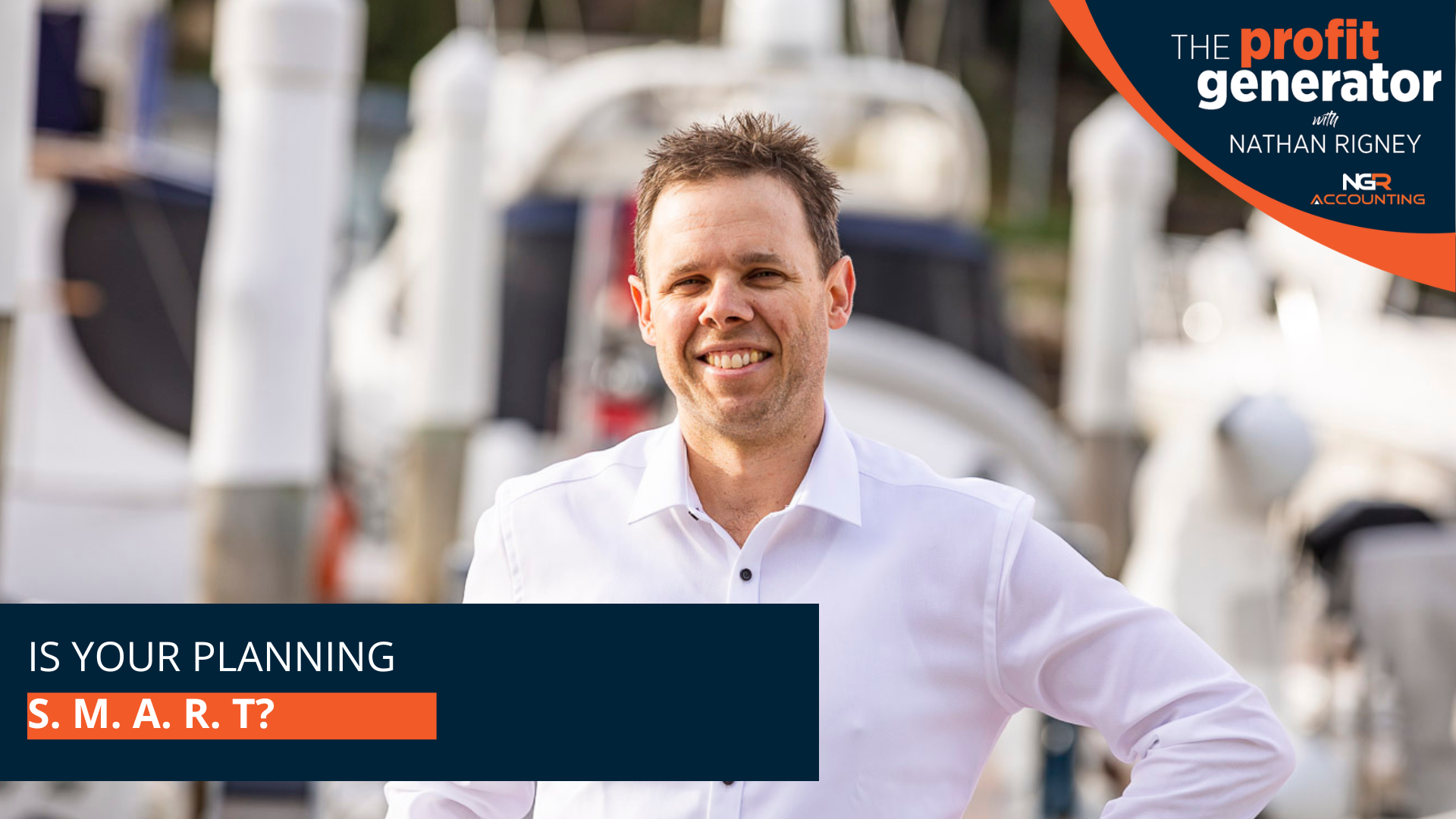
1. Specific
You will need to be as clear and specific as possible. I would recommend asking yourself the following questions:- Consider WHO needs to be involved.
-
-
- Who are you achieving the goal for?
- Is it for you or your business?
- Is it for your employees, suppliers, or clients?
- Who out of these need to be included in the planning of your goals.
-
-
- What are you trying to achieve by completing this goal?
- When do you need to achieve your goal by? Is there a specific time grame required for this goal?
- Where:
-
-
- Is this goal taking place?
- Are you going to be able to achieve / accomplish this goal?
-
-
- Why are you undertaking this goal?
- Why do you think achieving this goals will be beneficial for you and your business?
2. Measurable
Using measurable metrics will help you track and manage your goals and milestones. How are you going to track the progress of your goal? Ensuring that you are using specific metrics will help you measure your goals and make sure that they are more tangible as it helps to account for the goals progression, and if there needs to be amendments to meet the milestones, and in the end complete the goal.3. Achievable
You need to make sure that the specific goals, and the milestones to complete them are achievable. Your goal is meant to inspire motivation for change or growth in you and your business, however it’s important that the goal remains realistic so that it can also remain achievable and attainable for you.4. Relevant
Ensuring that the goals you are making are relevant to you and your business’s vision and mission statements is key here.If your goal has no alignment personally or within your business, the motivation you have for achieving that goal might be lost on the way.
5. Timely
Aligning time constraints to make sure that your goals are being delivered on time for the business is required for any goal for two main reasons.- They give you something to work towards
- Time constraints means that if you haven’t been able to achieve the goal by this stage, there’s a requirement to verify and improve the planning process.
- reviewing your strengths and weaknesses,
- identifying your internal and external resources and
- evaluating risks
- continuous improvement process
Resources
To help you with reviewing your goals using the SMART Process, we have created a SMART Process Worksheet where you can review your specific goal, and make sure you’re hitting all the points. Of course, being SMART is only part of the goal setting puzzle, you also need to make sure you’ve got:- A Continuous Planning Improvement Process,
- Understand the difference between Short-Term and Long-Term Planning and
- Access the resources you need to succeed in your planning.
Well, that’s all I have now about our Planning Sessions. Please look out for the rest in our planning series coming soon.
I’m Nathan Rigney, the Profit Generator.
If you would like more information, or to book an appointment with me to discuss your business and personal financial planning goals and how to achieve them, feel free to contact us on 02 9011 6669 or email us at info@ngraccounting.com.au
Updated 21st November, 2022

